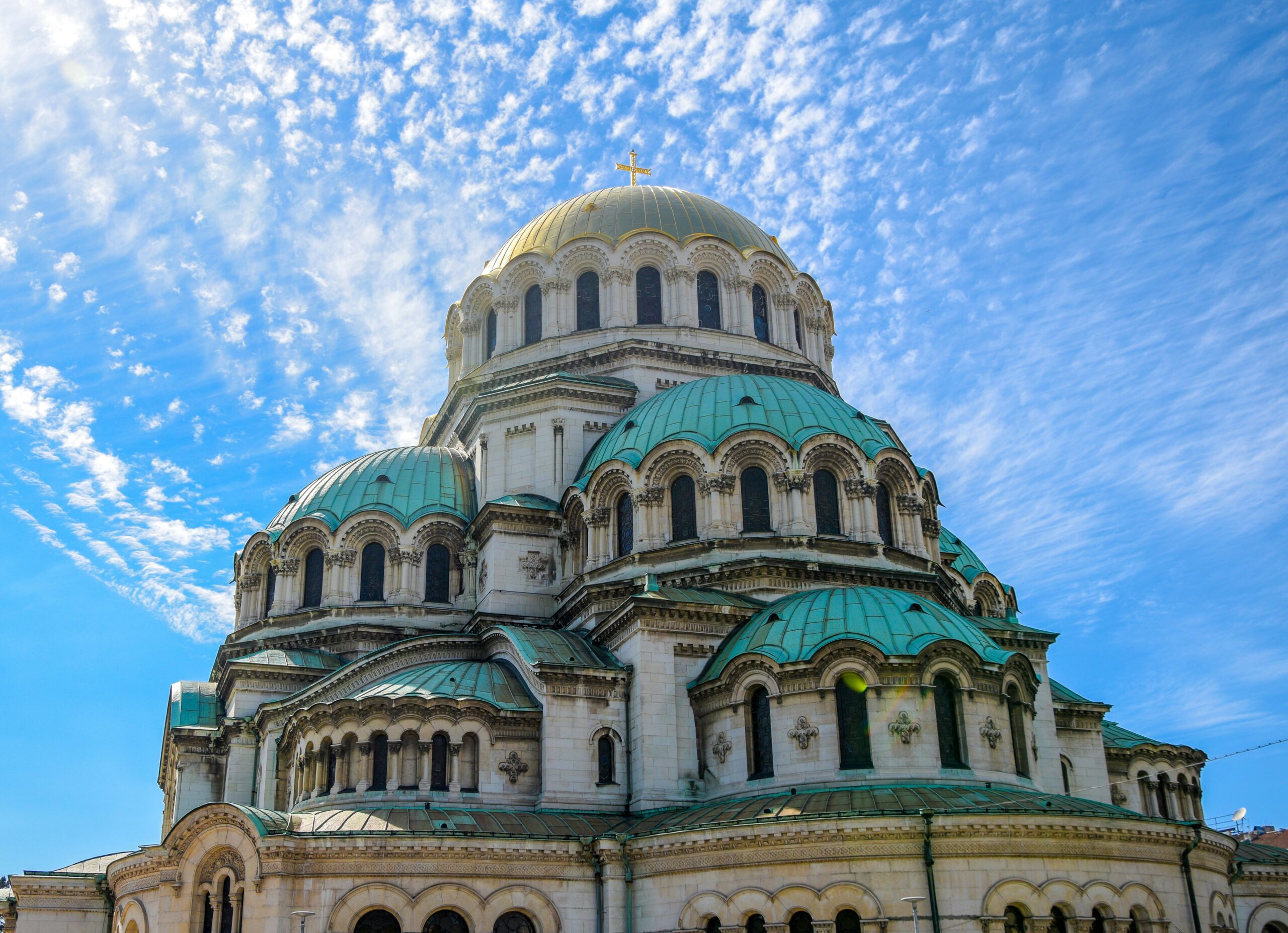This article is in partnership with Day Translations.
Various news outlets have reported that mass tourism in popular holiday destinations have had a negative effect on local populations and local economies.
What Is the Difference Between Mass Tourism and Travel by Digital Nomads?
What is “mass tourism” exactly?
Collins Dictionary defines mass tourism as a compound topic, made of “mass” and “tourism”:
“Mass is used to describe something which involves or affects a very large number of people.”
“Tourism is the business of providing services for people on holiday, for example hotels, restaurants, and trips.”
In this context, digital nomads don’t tend to identify as “tourists” themselves and often prefer to book accommodation such as short term rental properties instead of hotels. They also tend to spend more time in one place and try to “live like a local” while they are there. They visit restaurants, although they may search for places that are off the beaten track, and organise trips to explore the country they are in.
In a nutshell, the boundaries between mass tourism and travel as a digital nomads can become blurry.
What has emerged over the years is that, whichever way you look at the issue of holidays and travel, there are often differences in spending power between visitors to a country and the people who live there permanently. Ironically, “tourist traps” such as restaurants in busy locations tend to charge more because they know visitors have more money to spend.
Protest in the Canary Islands
Tens of thousands of people in the Canary Islands took to the streets in April 2024 to raise awareness of how damaging mass tourism can be to the local economy.
Locals are not against holidaymakers as such, but with 16 million visitors in 2023 against a permanent population of 2.2 million people, it is clear that providing accommodation and services for such a huge amount of extra people takes a lot of resources. Sometimes there simply aren’t enough available places to accommodate everybody.
The question here is about sustainability: islands in general struggle more to get supplies from the mainland and this affects the availability of food and other essentials.
Also, water can be scarse in islands; mainland Spain has experienced several droughts for years. In 2023 mainland Spain welcomed more than 85 million tourists against a population of nearly 48 million.
The Canary Islands have not only witnessed droughts (see Canarian Weekly, Nature report) but also a series of wildfires (see PBS report). Droughts are responsible for turning fertile land into desert at a pace of about 6 kilometers a year. Rainfall is also showing signs of slowing below the average while temperatures are increasing: these factors severely affect the water supply in the islands.
At the same time, sea levels are rising and this means that locals in the future may need to move inland away from the coast. Obviously this also means that coastal locations that are favoured by tourists will be affected.
Local population and environmental groups are keen to protect nature but their government and some investors want to build new hotels instead.
It’s not just the Canary Islands that are at risk.
These islands are also facing climate challenges:
- South Pacific,
- off the coast of Chile,
- French Polynesia,
- Caribbean,
- Madeira.
Islands tend to be more vulnerable to climate change and collectively we need to be aware of it. For example, taking two showers a day and leaving the towels to be washed by hotel staff simply because we are on holiday is unsustainable and inconsiderate.
Overtourism in Bali
Bali is a beloved destination for digital nomads and tourists but over the years mass tourism has created more problems than it solved.
Reports from Al Jazeera focused on how getting a sudden influx of millions of people to Bali has caused environmental degradation.
Residents have complained about water shortages and the rising cost of housing.
In 2023, 5 million tourists visited Bali; the local population totals just over 4 million.
Gentrification Is a Broader Issue than Just Mass Tourism
We need to take a balanced view of the situation.
Gentrification, the rising cost of housing and living, are global factors and they often represent the interests of top earning investors. In smaller countries and in island countries especially, if the cost of living becomes too high then some of the locals may end up becoming unhoused themselves.
Infrastructure issues that are not being addressed by local governments will affect both locals and visitors.
It would be unfair to put the blame squarely on the shoulders of tourists and other visitors: while they do play a part in using services, they are not responsible for other macroeconomic issues, that are determined by national policies and international dynamics.
What tourists and digital nomads can do to offset their impact on local economies can include:
- volunteering for local non-profit organisations while holidaying or working in a country;
- re-think their plans and opt for alternative locations;
- research independent businesses run by locals and support them instead of, say, large hotel chains;
- reduce single use plastic and carry their own litter until an appropriate disposal facility is found;
- use running water sparingly;
- learn a few key phrases in the local language;
- research local traditions and adapt behaviours to respect others and their culture.



